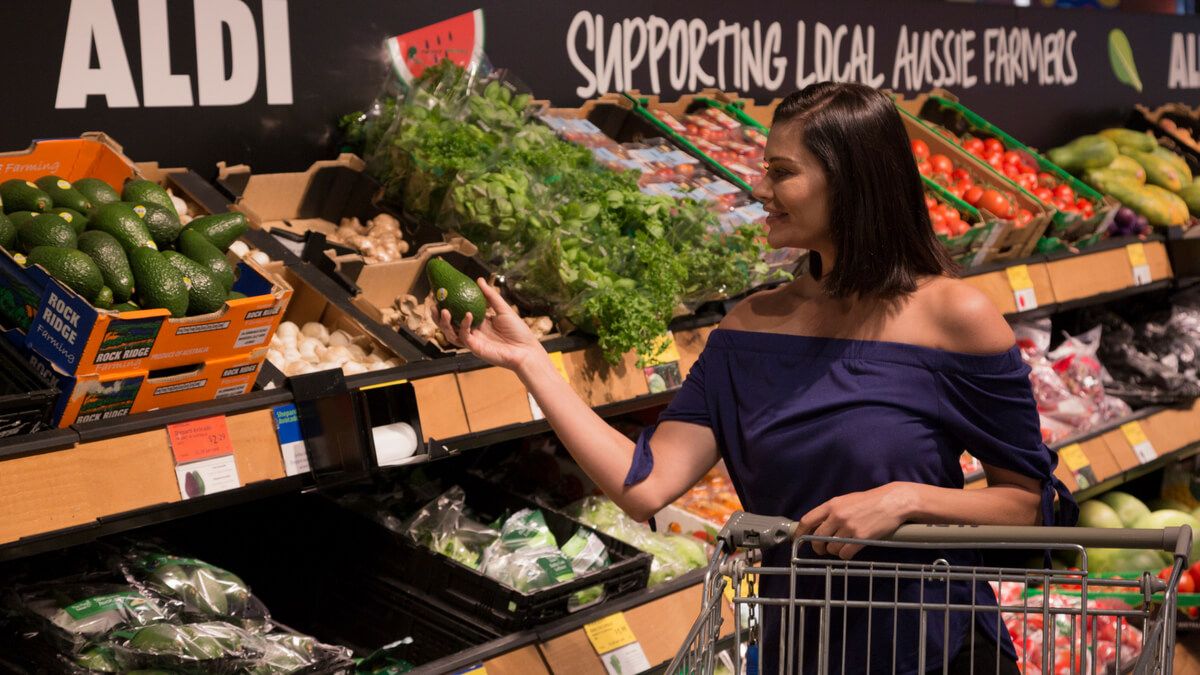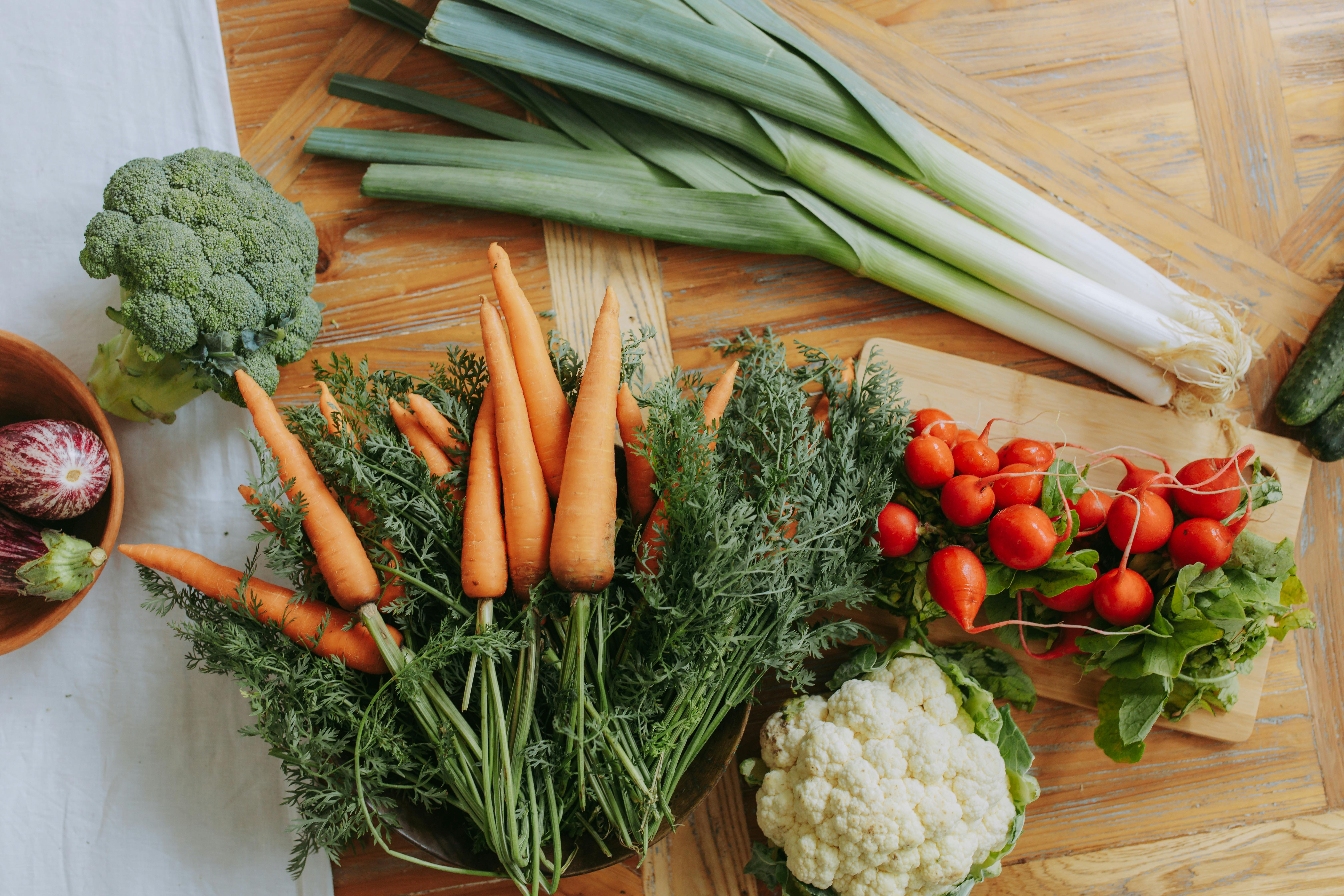Understanding the Australian F&B Landscape

Understanding the Australian food and beverage landscape requires intricate navigation through the industry due to its diverse and dynamic nature. Hence, knowing how Australia's food and beverage sector works is especially important for restaurants and suppliers operating in the country, as it will enable them to make choices that are crucial for adaptability and understand critical factors needed to run a thriving business.
An in-depth knowledge of the Australian food and beverage landscape will also assist restaurants and suppliers in unraveling the layers of this captivating and ever-evolving industry, which is the heartbeat of culinary enterprises. This will enable them to comprehend changes in market trends, determine the best methods to meet the consumers' demand, and stay at the top of an already competitive industry.
The following are crucial points to help you navigate and understand the Australian F&B landscape, especially as a fruit and vegetable supplier, wholesale fresh produce distributor, and commercial kitchen supplier.
1. Culinary Diversity Across Regions

For starters, a comprehensive grasp of culinary diversity across Australia's regions is essential to understand the Australian F&B landscape. It's a well-known fact that Australia boasts of an extensive and varied culinary tapestry shaped by distinct flavors and tastes, influenced by unique environments in each area. Notably, every region plays a role in shaping Australia's diverse food scene, with urban areas reflecting multicultural influences and regional settings maintaining more traditional culinary practices.
The culinary landscape of Australia bears a significant imprint of indigenous ingredients, infusing enriching flavor into its cuisine. A prime illustration of this influence is found in the bush tucker of the Aboriginal and Torres Strait Island communities, where unique native ingredients, such as lean kangaroo meat, emu, wattle seed, and quandong, are used to bring unique and authentic taste to the dishes.
Other indigenous ingredients contributing to the vibrant tapestry of Australian cuisine include saltbush, pepper berry, warrigal greens, and finger lime. These native ingredients not only bring depth of flavor but also reflect the rich cultural heritage of Australia.
On the other hand, Australia's diverse cuisine extends across different regions. The coastal area is abundant with seafood like prawns, oysters, and fish. While the Outback contributes to the country's cuisine with bush ingredients, such as tomatoes and native herbs. Knowing what each region specifically provides, ensures restaurants can provide the finest culinary experiences.
2. Trends Shaping the Market

One of the prominent trends shaping the Australian market is the widespread adoption of sustainable practices. Restaurants and suppliers are increasingly committed to prioritizing environmentally friendly approaches in the F&B industry. Hence, Wholesale fresh produce distributors and restaurant supply companies are prioritizing local sourcing, adopting eco-conscious packaging, encouraging a farm-to-table approach, and minimizing waste in an attempt to maintain a sustainable and responsible food industry.
Australia's culinary scene is also undergoing an enticing fusion of global and local flavors, where chefs creatively mix international cuisines and indigenous ingredients, offering diverse and exciting culinary experiences. This trend not only highlights multicultural influences, but also enables restaurants to provide unique and culturally rich dining experiences to customers.
Additionally, a noticeable move towards health-conscious choices is reshaping Australia's approach to food. More than ever, the demand for nutritious and plant-based options is at an all-time high. Forcing restaurants to prioritize making healthier meals without compromising on taste. On the other hand, suppliers have to meet the market demand for more products with flavor and nutritional benefits.
3. Local Supplier Ecosystem

Navigating the Australian F&B landscape will require finding authenticity by establishing connections with local suppliers. This move is especially crucial because relationships like this play a vital role in supporting the local economy and demonstrating genuine interest in improving the F&B sector.
Restaurants and businesses that partner with local suppliers can access authentic and fresh, locally sourced products from that region. Partnerships like this will also lead to authenticity infusion, sustainable sourcing practices, reduced environmental impact, preservation of cultural culinary, and access to diverse and specialized products.
Some of the products provided by Australia's local suppliers range from native herbs, fresh seafood, dairy products, locally grown fruits and vegetables, premium meats, organic poultry, specialty beverages, unique grains and pulses, and artisanal cheeses. These products reflect the country's agricultural richness available to suppliers and restaurants.
Most of these can be accessed through the wholesale online ordering system Open Pantry, where thousands of suppliers are available to meet the demands of customers and restaurants seeking fresh product sources from local Australian farmers and suppliers.
4. Regulatory Landscape

Of course, understanding Australia's F&B landscape is only complete without the knowledge of the country's food safety standards and regulations. Australia's food safety regulations are governed by rigorous standards to maintain the highest level of public health and safety.
The Australian Food Standard Code (FSC) serves as a comprehensive guide for restaurants, businesses, and suppliers. It covers aspects ranging from food-handling practices, hygiene and sanitation practices, contamination prevention methods, and temperature control.
Restaurants and suppliers are expected to comply with the country's safety standards and regulations as they uphold the business reputation, ensure the well-being of consumers, and instill trust in the food supply chain. Failure to comply with these regulatory guidelines can lead to legal repercussions, health issues, and damage to the business's reputation.
Australia's F&B scene is a vibrant tapestry of regional specialties, diverse flavors, and global influences, and navigating this terrain is enhanced by understanding culinary diversity across regions, trends shaping the market, leveraging on local insight, and complying with necessary standards. This approach will ensure authenticity and foster a deeper connection with the Australian market.
And for a tailored approach to supply needs, explore Open Pantry, a wholesale online ordering system that seamlessly connects businesses with diverse local suppliers, offering fresh ingredients and products that define the Australian food and beverage industry.